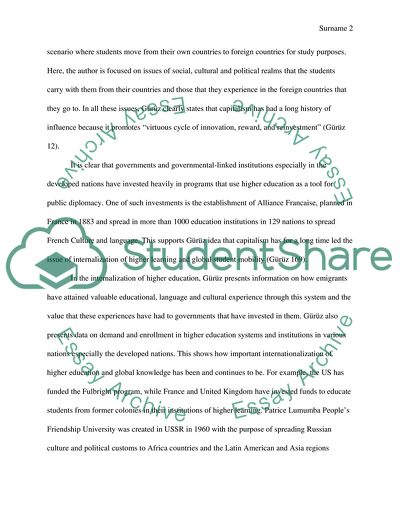Cite this document
(“Higher Education and International Student Mobility in the Global Book Report/Review”, n.d.)
Retrieved from https://studentshare.org/social-science/1639374-higher-education-and-international-student-mobility-in-the-global-knowledge-economy
Retrieved from https://studentshare.org/social-science/1639374-higher-education-and-international-student-mobility-in-the-global-knowledge-economy
(Higher Education and International Student Mobility in the Global Book Report/Review)
https://studentshare.org/social-science/1639374-higher-education-and-international-student-mobility-in-the-global-knowledge-economy.
https://studentshare.org/social-science/1639374-higher-education-and-international-student-mobility-in-the-global-knowledge-economy.
“Higher Education and International Student Mobility in the Global Book Report/Review”, n.d. https://studentshare.org/social-science/1639374-higher-education-and-international-student-mobility-in-the-global-knowledge-economy.


